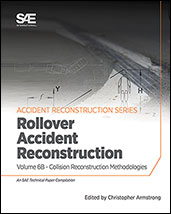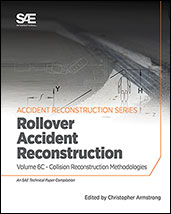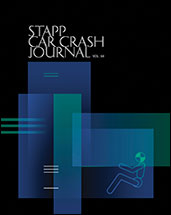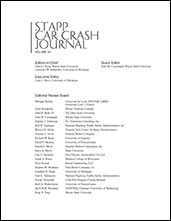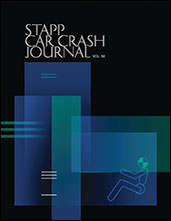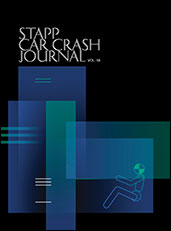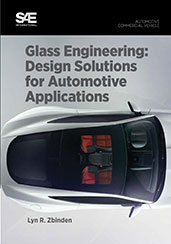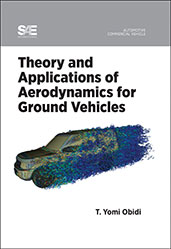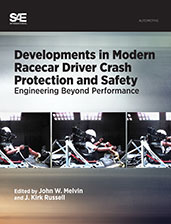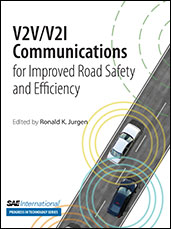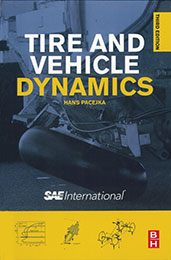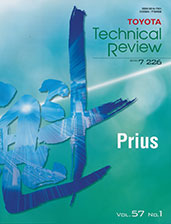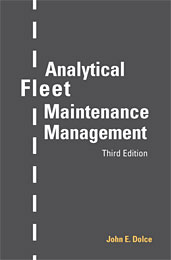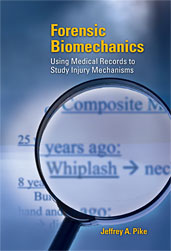Book

Motorcycle Accident Reconstruction, 2E
2022-01-07
Accident reconstruction utilizes principles of physics and empirical data to analyze the physical, electronic, video, audio, and testimonial evidence from a crash, to determine how and why the crash occurred, how the crash could have been avoided, or to determine whose description of the crash is most accurate. This process draws together aspects of mathematics, physics, engineering, materials science, human factors, and psychology, and combines analytical models with empirical test data. Different types of crashes produce different types of evidence and call for different analysis methods. Still, the basic philosophical approach of the reconstructionist is the same from crash type to crash type, as are the physical principles that are brought to bear on the analysis.


